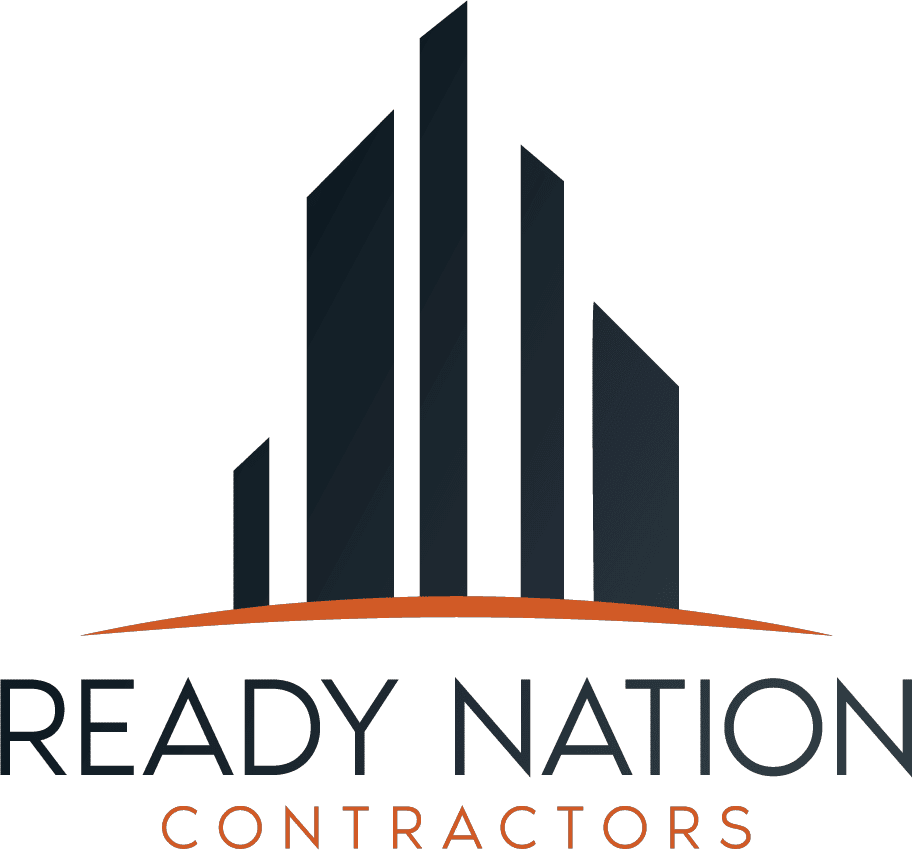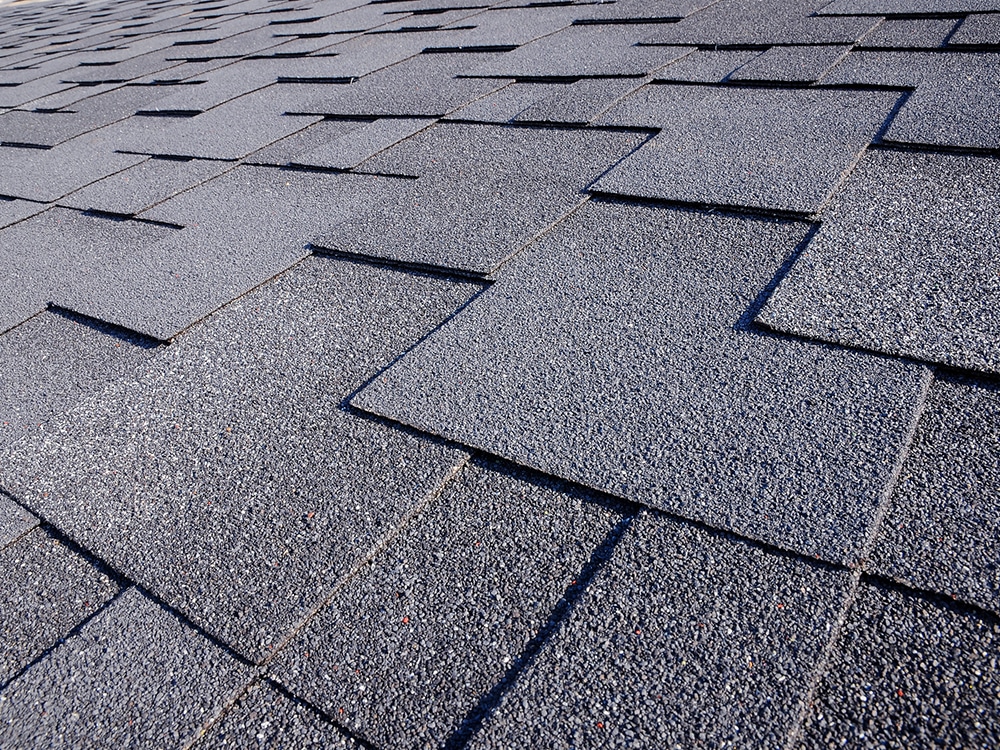Your roof is one of the most critical components of your home, providing shelter and protection from the elements. However, different weather conditions can significantly affect its lifespan. From extreme heat to heavy rainfall, understanding how weather affects your roof’s longevity can help you take preventive measures and extend its life. In this article, we’ll explore the effects of various weather conditions on your roof and answer some common questions people ask when searching for ways to maintain and protect their roofs, including how weather impacts a roof’s lifespan.
How Does Rain Affect Your Roof and Cause Roof Leaks?
Water is a roof’s biggest enemy. Prolonged exposure to rain, especially during heavy storms, can lead to leaks, mold growth, and water damage. Over time, moisture seeps into cracks, weakening roofing materials and underlying structures. This is particularly concerning if your roof is damaged or your gutters are clogged, causing water to pool and penetrate the roof. Ensuring proper drainage and regular roof inspections after rainy seasons can prevent long-term damage.
How to Protect Your Roof from Rain:
- Clean your gutters regularly to prevent water buildup.
- Schedule periodic roof inspections to identify and repair leaks early.
- Consider waterproofing your roof if you live in an area with frequent rain.
What Effect Do Sun and Heat Have on Roofing Materials?
Extreme heat and UV radiation can cause roofing materials to expand, contract, and weaken over time. This is especially true for an asphalt shingle roof, which may curl, crack, or lose its granules due to prolonged exposure to the sun. Metal roofing is more heat-resistant but can still experience expansion, leading to structural weaknesses.
In hotter climates, roofs with poor ventilation can trap heat, further deteriorating the roofing material and increasing your home’s interior temperature.
How to Protect Your Roof from Sun Damage:
- Choose roofing materials for high heat resistance, such as metal or clay tiles.
- Install reflective coatings to reduce heat absorption.
- Ensure proper roof ventilation to allow hot air to escape.
Can Snow and Ice Damage Your Roof?
Cold weather poses unique challenges for roofs. Snow and ice accumulation can add significant weight, stressing your roof’s structure. Ice dams, which form when snow melts and refreezes at the edges of your roof, can lead to water backup under shingles and into your home, causing leaks and damage to insulation.
How to Protect Your Roof from Snow and Ice:
- Install ice and water shields beneath your roofing materials to prevent leaks.
- Ensure your attic is properly insulated to prevent heat from escaping and melting snow on the roof.
- Regularly remove heavy snow buildup to avoid excess weight on your roof.
Does Wind Affect the Roof’s Lifespan?
High winds can lift and displace shingles, tiles, and other roofing materials, leaving your roof vulnerable to leaks and structural damage. Windstorms harm aging or weak spots, such as loose shingles or poorly sealed seams, significantly impacting the roof’s life expectancy.
How to Protect Your Roof from Wind Damage:
- Secure any loose shingles and inspect your roof after storms.
- Use wind-resistant roofing materials, especially in areas prone to strong winds.
- Trim trees near your home to prevent branches from damaging your roof during windstorms.
How Does Humidity Impact Your Roof?
High humidity creates a damp environment where mold, mildew, and algae thrive, especially on shaded or poorly ventilated roofs. This can lead to rot and deterioration of roofing materials and the underlying structure, particularly affecting a wood roof, which is susceptible to termites, mold, and mildew.
How to Protect Your Roof from Humidity:
- Install proper ventilation to reduce moisture buildup.
- Clean your roof regularly to remove mold, mildew, and algae growth.
- For long-term protection, consider moisture-resistant materials like metal or concrete tiles.
Can Hail Damage Your Roof?
Hailstorms can cause significant damage to roofing materials, particularly asphalt shingles. Large hailstones can crack or puncture an asphalt roof, allowing water to seep into the roof’s structure. Even smaller hail can cause granule loss, which weakens shingles and reduces their protective capabilities.
How to Protect Your Roof from Hail:
- Install impact-resistant roofing materials, such as metal or Class 4 shingles.
- Schedule roof inspections after hailstorms to identify and repair damage quickly.
How Do Seasonal Changes Affect Roof Replacement?
The transition between seasons, especially from winter to spring or summer to fall, brings fluctuating temperatures and weather patterns that can impact your roof. Freezing temperatures followed by thawing can cause materials to expand and contract, creating cracks and other vulnerabilities, ultimately affecting your roof’s lifespan.
How to Protect Your Roof from Seasonal Changes:
- Conduct roof maintenance at the beginning of each season to address weather-related wear and tear.
- Ensure your roof is properly insulated to manage temperature changes effectively.
- Regularly check for signs of damage, such as cracked or missing shingles, and repair them promptly.
The Role of Roofing Materials in Roof Longevity
The type of roofing material you choose plays a pivotal role in determining the lifespan of your roof. Different materials offer varying levels of durability, resistance to weathering, and maintenance needs. For instance, asphalt shingles are popular for residential roofs due to their affordability and relatively long lifespan of 20-30 years. These shingles are designed to withstand various weather conditions but may require more frequent maintenance than other materials.
On the other hand, metal roofs are known for their exceptional durability, often lasting 40-80 years or more. They are highly resistant to extreme weather conditions, including heavy rain, snow, and high winds. Architectural shingles, a premium type of asphalt shingle, offer enhanced durability and a longer lifespan than standard asphalt shingles, making them a worthwhile investment for homeowners seeking longevity.
The quality of the roofing material, including its thickness, weight, and composition, also significantly impacts its lifespan. Investing in high-quality materials can lead to fewer repairs and a longer-lasting roof.
Importance of Installation Quality
The quality of your roof installation is just as important as the materials used. A well-installed roof can last for decades, while a poorly installed one may require premature replacement. This is where the expertise of roofing contractors becomes crucial. A reputable roofing contractor ensures that every aspect of the installation is done correctly, adhering to manufacturer specifications and industry standards.
Proper installation involves meticulous attention to flashing, ventilation, and underlayment. Flashing prevents water from seeping into joints and valleys, while proper ventilation helps regulate temperature and moisture levels, preventing damage to the roofing material. Underlayment provides an additional layer of protection against water infiltration.
A reputable roofing contractor will also offer a warranty, giving homeowners peace of mind and assurance that any issues will be addressed promptly.
Roof Design: Slope and Ventilation
The design of your roof, including its slope and ventilation, can significantly impact its lifespan. A roof with a steep slope allows snow and water to run off more easily, reducing the risk of damage and leaks. This design feature particularly benefits areas with heavy snowfall or frequent rain.
Ventilation is another critical aspect of roof design. Proper ventilation helps regulate the temperature and humidity inside the roof, preventing moisture buildup that can lead to mold and mildew. It also helps extend the roofing material’s lifespan by reducing the risk of heat damage and condensation.
A well-designed roof with adequate ventilation can last longer and require less maintenance than a poorly designed one. Ensuring your roof has the right slope and ventilation can significantly affect its overall performance and longevity.
Regular Maintenance for Prolonged Roof Life
Regular maintenance is essential to extending the lifespan of your roof. Homeowners should inspect their roofs annually, looking for signs of damage, wear, and tear. This includes checking for loose or missing shingles, inspecting flashing and ventilation, and cleaning gutters and downspouts to prevent water buildup.
A reputable roofing contractor can provide annual inspections and maintenance services, helping to identify and address potential issues before they become major problems. Regular maintenance can help prevent roof leaks, reduce the risk of damage, and extend the lifespan of the roofing material.
Identifying Roof Damage and When to Act
Identifying roof damage early is critical to preventing further damage and extending the lifespan of your roof. Homeowners should look for signs of damage, such as missing or loose shingles, curled or buckled shingles, and granule loss. Roof leaks, water stains, and sagging rooflines are also indicators of roof damage.
If damage is identified, acting quickly to prevent further damage is essential. A reputable roofing contractor can assess the damage and recommend repairs or replacement. In some cases, a roof replacement may be necessary, especially if the damage is extensive or the roof is nearing the end of its lifespan.
Conclusion
Weather conditions play a crucial role in determining the longevity of your roof materials. By understanding the effects of rain, sun, wind, snow, and seasonal changes, you can proactively maintain your roof and ensure it lasts for years. Regular inspections, proper ventilation, and timely repairs are essential for protecting your home and preventing costly damage.
For those searching for ways to extend the life of their roof, the key is to address potential problems before they escalate. A well-maintained metal roof will keep your home safe and secure year-round, whether you’re dealing with extreme heat, frequent rain, or harsh winters.




